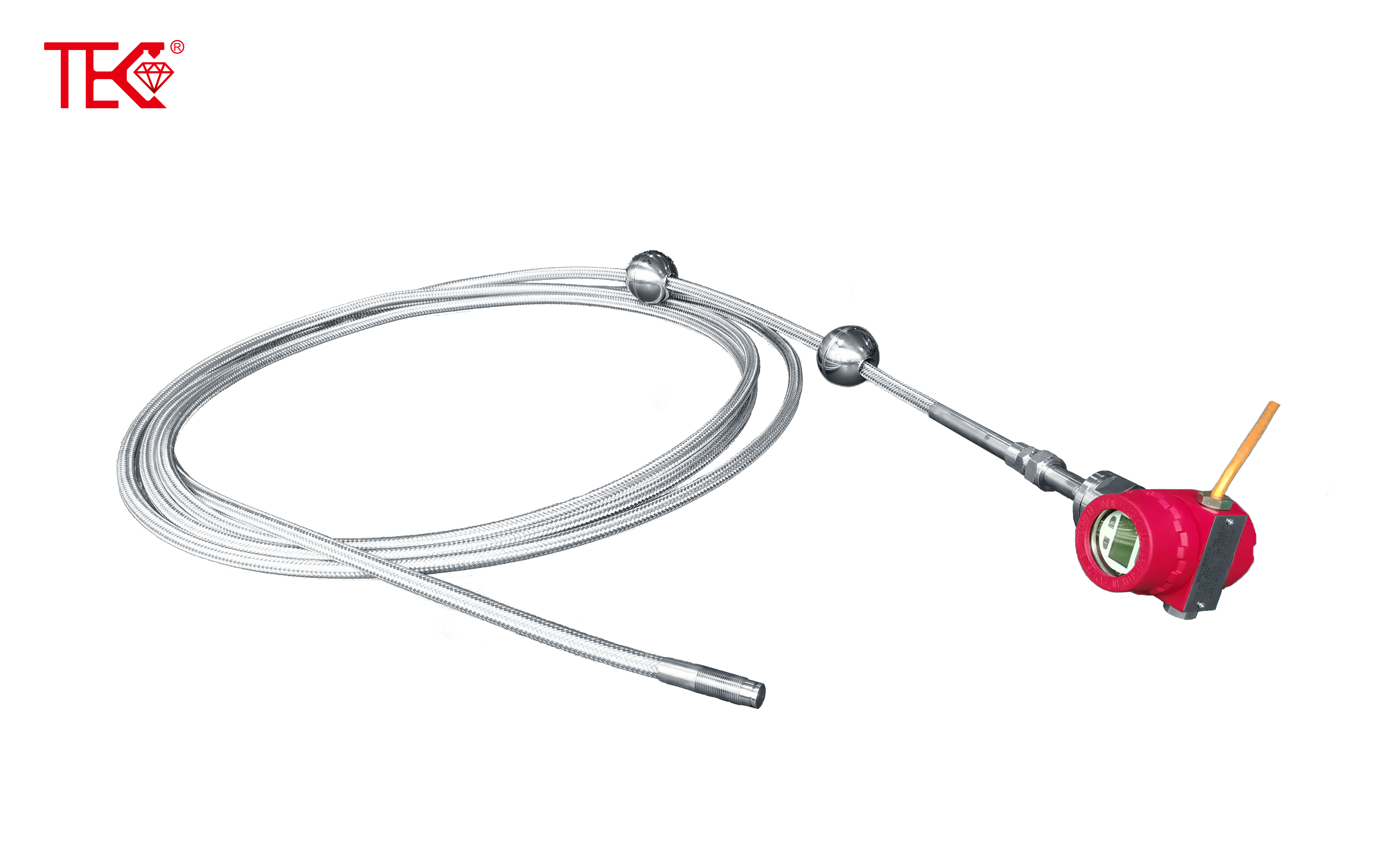What railway applications benefit from magnetostrictive sensors?
Magnetostrictive sensors have emerged as game-changing components in modern railway systems, offering unparalleled precision in measuring mechanical parameters through magnetic field interactions. These sophisticated devices leverage the magnetostrictive effect - where ferromagnetic materials change shape under magnetic fields - to deliver exceptional accuracy in harsh railway environments. Their robust design and non-contact measurement capabilities make them ideal for the demanding conditions of rail transport infrastructure, providing reliable data where conventional sensors often fail.
Precise Train Positioning and Navigation Systems
Modern railway networks rely on magnetostrictive sensors for centimeter-level accuracy in train positioning, enabling advanced positive train control (PTC) systems. These sensors precisely measure the distance between axles and monitor wheel rotation speeds, providing real-time location data that enhances operational safety and scheduling efficiency. The technology's immunity to electromagnetic interference ensures reliable performance alongside electrified tracks, making it superior to traditional GPS-based systems in tunnels and urban canyons where satellite signals falter.
Comprehensive Track Geometry Monitoring
Railway maintenance teams utilize magnetostrictive sensors to continuously monitor track alignment, gauge width, and surface irregularities. Mounted on inspection vehicles, these sensors detect microscopic changes in rail geometry that could indicate developing faults, allowing for proactive maintenance before safety compromises occur. The sensors' high-frequency response captures dynamic load variations under passing trains, providing invaluable data for predicting track wear patterns and optimizing maintenance schedules across extensive rail networks.
Advanced Wheel Condition and Defect Detection
Magnetostrictive sensors form the core of automated wheel inspection systems, identifying flats, out-of-round conditions, and bearing defects through precise vibration analysis. Installed at strategic locations along tracks, these systems measure minute variations in wheel profiles as trains pass at operational speeds, instantly flagging defective wheels for maintenance. This proactive approach prevents catastrophic failures, reduces wheel-related track damage, and significantly lowers maintenance costs while improving overall rolling stock reliability.
Structural Health Monitoring of Railway Bridges
Critical railway infrastructure benefits from magnetostrictive sensors deployed for structural health monitoring of bridges and tunnels. These sensors measure stress, strain, and vibration parameters in supporting structures, detecting fatigue cracks and material degradation long before they become visible to inspectors. The data enables predictive maintenance strategies and ensures structural integrity under increasing traffic loads and environmental challenges, ultimately extending infrastructure lifespan while maintaining safety standards.
Vibration Analysis for Cargo and Passenger Comfort
Rail operators employ magnetostrictive sensors to monitor vibration levels in both passenger coaches and freight wagons, ensuring compliance with comfort standards and cargo protection requirements. The sensors identify resonant frequencies and excessive vibrations that could indicate mechanical issues or track problems, allowing operators to address concerns before they impact service quality. This application is particularly crucial for sensitive freight transportation, where excessive vibration can damage high-value goods during transit.

 UpgradingYourLevelMeasurementS
UpgradingYourLevelMeasurementS
 Why are magnetostrictive level
Why are magnetostrictive level
 ComparingMagnetostrictiveandRa
ComparingMagnetostrictiveandRa
 MagnetostrictiveLevelSensorfor
MagnetostrictiveLevelSensorfor
